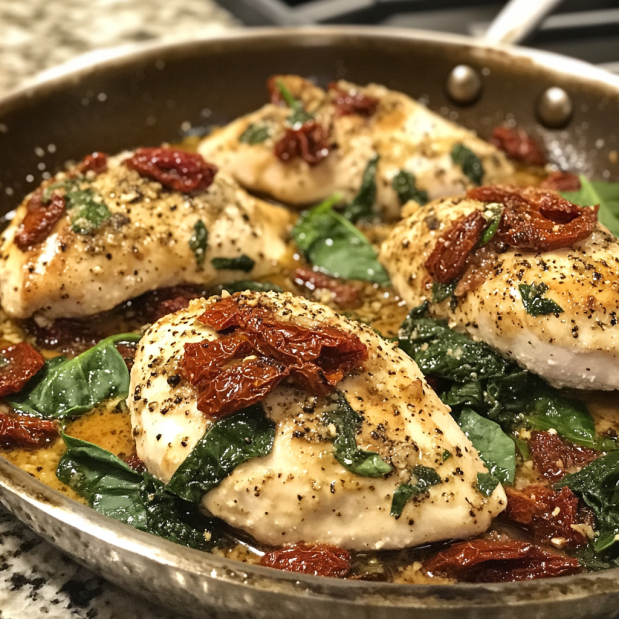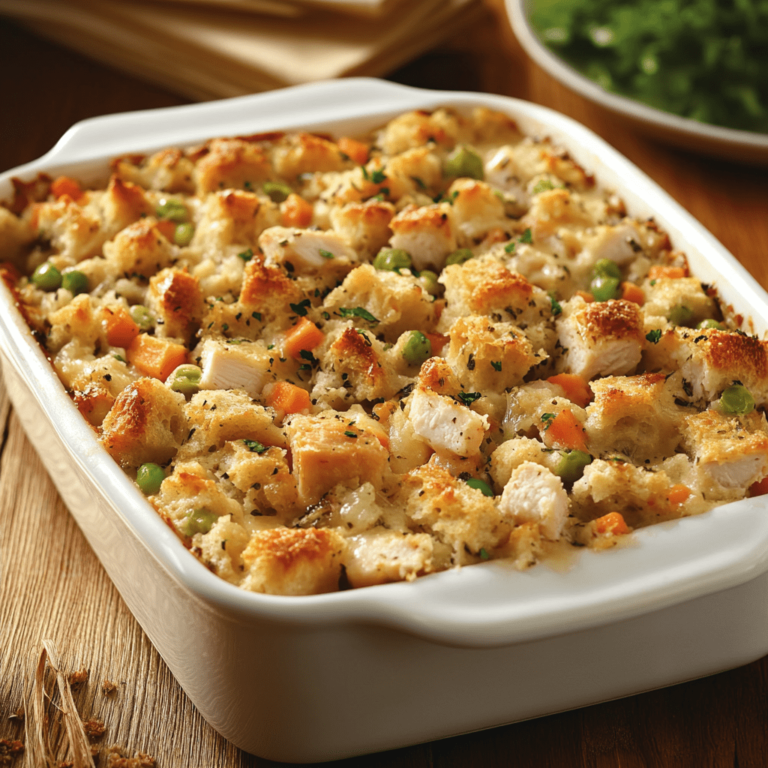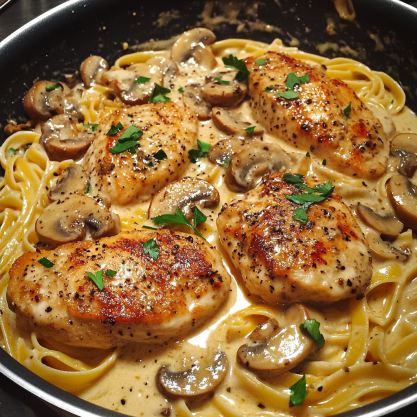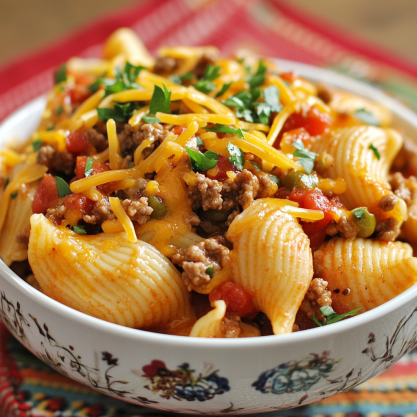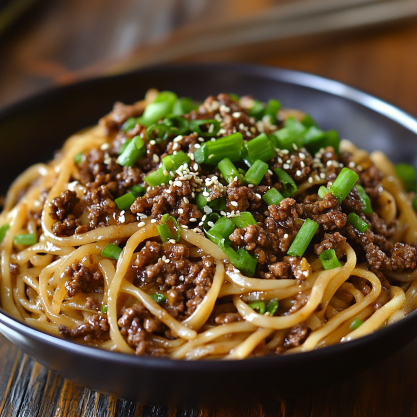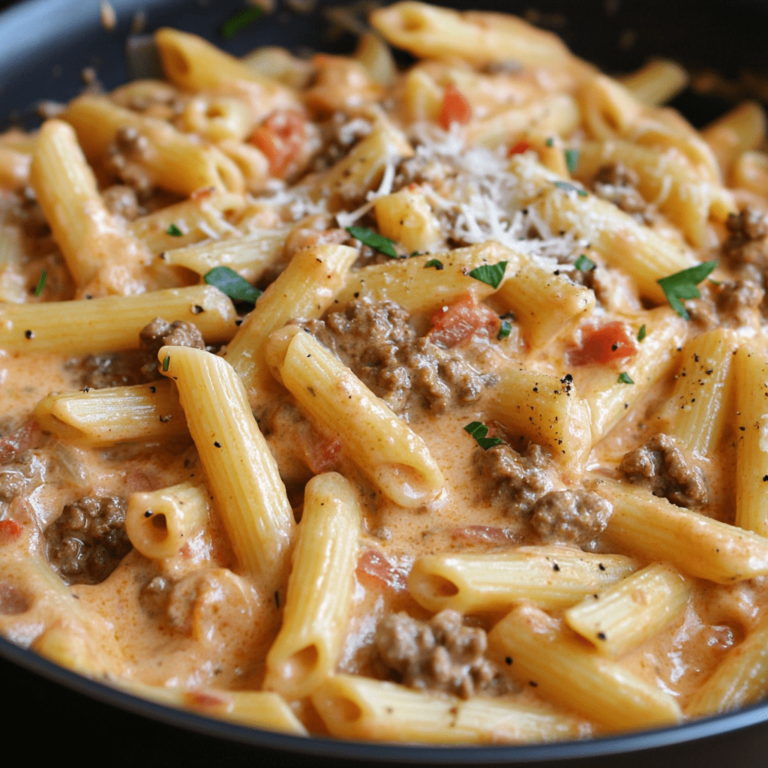Giada De Laurentiis Cacio E Pepe Classic Italian Pasta
Giada De Laurentiis adds a touch of celebrity magic to cacio e pepe. This Roman pasta dish is elegant and simple. It’s made with Pecorino Romano cheese and black pepper, creating a creamy, bold flavor.
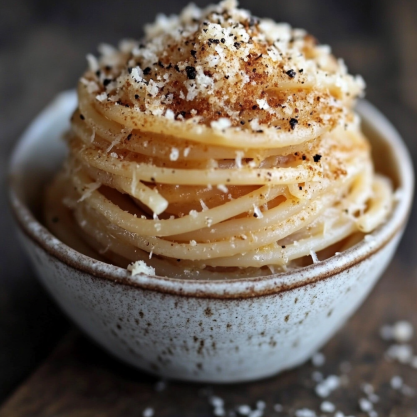
De Laurentiis is known for her Italian cuisine expertise. She makes this traditional recipe her own with a subtle twist. It shows how simple ingredients can become a luxurious meal.
Cacio e pepe is a favorite in Italian restaurants around the world. Giada’s version highlights why it’s loved by many. It proves that sometimes, less is more in Italian cooking.
Understanding the Origins of Cacio e Pepe in Italian Cuisine
Cacio e pepe is a simple yet elegant dish in Italian cuisine. It has been loved for centuries. Its flavors are both straightforward and rich.
Ancient Roman Roots and Traditional Preparation
The dish’s history goes back to ancient Rome. Shepherds carried dried pasta, hard cheese, and black pepper on their travels. These items were easy to keep and made a quick, tasty meal.
This practical method helped create one of Italy’s most famous dishes.
Cultural Significance in Modern Italian Dining
Today, cacio e pepe is a key part of Italian cuisine. It shows the beauty of Roman cooking – turning simple ingredients into amazing flavors. Many Italian families share their cacio e pepe recipes, keeping their culinary traditions alive.
“Cacio e pepe is not just a dish; it’s a piece of Roman history on a plate,” notes a renowned Italian chef.
Regional Variations Throughout Italy
Cacio e pepe started in Rome but is now loved across Italy. Each region adds its own twist:
- Tuscany uses local Pecorino Toscano instead of Pecorino Romano
- In Naples, some chefs add lemon zest for a burst of freshness
- Umbrian versions might include truffle for a deeper flavor
These variations show how versatile this classic dish is. They make cacio e pepe a beloved part of Italian cuisine.
Giada De Laurentiis Cacio E Pepe: A Celebrity Chef’s Take
Giada De Laurentiis is a well-known Food Network star. She has made a big impact on Italian-American cuisine. Her version of cacio e pepe adds a new twist to this classic Roman dish.
She stays true to the traditional recipe but also adds her own special touch.
The celebrity chef’s version of cacio e pepe features:
- A blend of Pecorino Romano and Parmigiano-Reggiano cheeses
- Freshly cracked black pepper
- A touch of olive oil for added richness
De Laurentiis’ approach to cacio e pepe shows her dedication to authentic Italian flavors. She stresses the importance of using top-notch ingredients and the right technique. This is to get the perfect creamy texture.
“Cacio e pepe is all about simplicity. The key is to let the flavors of the cheese and pepper shine,” says De Laurentiis.
Giada De Laurentiis has introduced many Americans to Italian cuisine through her cooking shows and cookbooks. Her recipes are easy to follow, and her warm personality has made her a favorite among home cooks. They love exploring Italian-American dishes thanks to her.
De Laurentiis’ influence goes beyond the kitchen. As a well-known celebrity chef on Food Network, she has helped make Italian dishes popular in the United States. Her take on cacio e pepe connects traditional Italian cooking with modern American tastes.
Recipe card
Ready to make Giada De Laurentiis’ famous cacio e pepe? This simple yet delicious pasta recipe is a staple in Italian cooking. Follow our easy instructions to create a restaurant-quality dish at home.
Equipment
- Large pot for boiling pasta
- Colander
- Large skillet or sauté pan
- Wooden spoon or tongs
- Pepper grinder
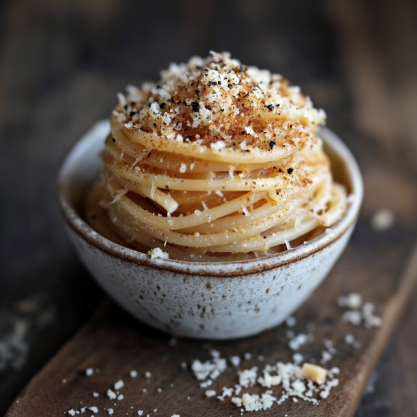
Ingredient list
- 1 pound spaghetti or bucatini
- 2 cups finely grated Pecorino Romano cheese
- 2 tablespoons freshly ground black pepper
- 1/4 cup extra-virgin olive oil
- Salt for pasta water
Instructions
- Bring a large pot of salted water to a boil. Add pasta and cook until al dente.
- Reserve 1 cup of pasta water before draining.
- In a skillet, heat olive oil over medium heat. Add pepper and toast for 1 minute.
- Add 1/2 cup of reserved pasta water to the skillet and bring to a simmer.
- Add the drained pasta to the skillet and toss to coat.
- Remove from heat and add cheese, stirring vigorously until creamy.
- Add more pasta water if needed to achieve desired consistency.
- Serve immediately with extra cheese and pepper on top.
This cacio e pepe recipe showcases the beauty of simple pasta recipes. With just a few ingredients, you can create a classic dish that embodies the essence of Italian cooking.
Essential Ingredients for Authentic Cacio e Pepe
Cacio e Pepe is all about simplicity. This classic Italian dish needs just a few ingredients to shine. Let’s look at what makes this pasta dish so special.
Selecting the Perfect Pecorino Romano
Pecorino Romano cheese is the heart of Cacio e Pepe. Choose a high-quality, aged variety for the best taste. It should have a firm texture and a sharp, salty flavor. Grate it fresh just before cooking to keep its rich aroma.
Black Pepper: Grinding and Preparation
Black pepper adds a unique kick to this dish. Use whole peppercorns and grind them just before cooking. This ensures the flavor and aroma are at their best. A coarse grind is best, adding pleasant pops of spice to the pasta.
Choosing the Right Pasta Shape
The pasta shape is crucial for Cacio e Pepe. Long, thin shapes like spaghetti or tonnarelli are traditional. These shapes let the creamy sauce cling evenly, making each bite perfectly seasoned.
Quality Italian ingredients are essential for authentic Cacio e Pepe. With the right Pecorino Romano cheese, freshly ground black pepper, and the right pasta shape, you’re set to make a delicious dish.
Step-by-Step Cooking Technique and Tips
Learning to make cacio e pepe sauce takes skill and care. We’ll look at key pasta cooking methods and Italian cooking tips. These will help you improve your cooking.
Pasta Water Management
Getting the pasta water right is essential for a creamy cacio e pepe. Boil pasta with less water than usual. This makes the starch more concentrated, helping your sauce thicken. Save a cup of this water before you drain it.
Crafting the Perfect Sauce
To make a smooth cacio e pepe sauce, start with a cold pan. Add freshly ground black pepper and toast it a bit. Then, add your pasta and some reserved water.
Toss everything together well, adding grated Pecorino Romano a little at a time. Keep tossing to avoid clumps and get a silky texture.
Temperature Control
Keeping the right temperature is key. Take the pan off the heat before adding cheese to stop it from separating. If the sauce gets too thick, add a bit more pasta water.
If it’s too thin, heat it gently for a few seconds. Remember, the more you practice, the better you’ll get at making cacio e pepe sauce.
“In cooking, as in life, simplicity is the ultimate sophistication.” – Leonardo da Vinci
Common Mistakes to Avoid When Making Cacio e Pepe
Cacio e pepe might look simple, but it’s easy to mess up. Let’s look at some common mistakes and how to fix them. This will help you make this classic dish just right.
One big problem is when the sauce separates. To avoid this, don’t add oil or butter. These can ruin the mix of cheese and pasta water. Stick to using just cheese and pasta water for a creamy sauce.
Another mistake is using pre-grated cheese. Always grate your Pecorino Romano yourself. Pre-grated cheese can have additives that make your sauce grainy.
- Overcooking pasta: Cook it al dente for the best texture
- Using too little pasta water: Reserve plenty for a silky sauce
- Adding cheese to hot pasta: This can result in clumping
Temperature is key when making cacio e pepe. Take the pan off the heat before adding cheese. This stops it from getting stringy. Slowly add the cheese while stirring hard to get a smooth sauce.
“The key to perfect cacio e pepe lies in respecting the simplicity of its ingredients and mastering the technique.”
By avoiding these mistakes, you’ll make a tasty, authentic cacio e pepe every time.
Serving Suggestions and Wine Pairings
Make your cacio e pepe special with fancy pasta presentation and the perfect Italian wine. The right way to serve and what you pair with it can turn a simple dish into a gourmet treat.
Plating with Flair
To make your pasta look great, twirl the noodles into a nest shape. Use a carving fork and spoon. Put the nest in the middle of a warm, white plate.
Then, sprinkle freshly grated Pecorino Romano and cracked black pepper on top. This adds a classic touch.
Wine Selections
Choosing the right Italian wine can really bring out the flavors of cacio e pepe. Here are some good choices:
- Frascati: A crisp white wine from Lazio
- Pinot Grigio: Light and refreshing
- Chianti: A bold red for those who like stronger flavors
Seasonal Additions
Pair your cacio e pepe with seasonal Italian dishes. In spring, try it with grilled asparagus. For summer, a caprese salad is perfect.
Fall is great for roasted pumpkin, and winter is perfect for sautéed kale.
“The beauty of cacio e pepe lies in its simplicity, but the right accompaniments can create a full Italian dining experience.”
The secret to a great meal is balancing flavors and textures. Let your cacio e pepe be the star. Choose wines and side dishes that complement it well.
Conclusion
Cacio e pepe is a true gem of Italian pasta dishes. It shows how simple ingredients can make a meal unforgettable. Giada De Laurentiis adds her own twist to this classic, making it exciting for home cooks to try.
Learning to make cacio e pepe takes patience and practice. It’s all about choosing the right Pecorino Romano and getting the sauce just right. With the tips from this guide, you’ll soon be a pro at making it.
We suggest you give Giada De Laurentiis’ recipe a try and add your own touches. The charm of cacio e pepe is in its simplicity and the quality of its ingredients. Enjoying each bite will show you why it’s loved by so many and is a key part of Italian cooking.
FAQ
What is cacio e pepe?
Cacio e pepe is a classic Roman pasta dish. It means “cheese and pepper” in Italian. It’s made with Pecorino Romano cheese, black pepper, and pasta water for a creamy sauce.
How does Giada De Laurentiis make her cacio e pepe?
Giada De Laurentiis sticks to the traditional recipe. She uses high-quality Pecorino Romano cheese and freshly ground black pepper. This ensures the best flavor.
What type of pasta is best for cacio e pepe?
Spaghetti is traditional, but tonnarelli or bucatini work too. Choose pasta that holds the sauce and pepper well.
Can I use Parmesan cheese instead of Pecorino Romano?
While Parmesan is used in some recipes, Pecorino Romano is traditional. It has a sharper, saltier taste that’s key to the dish.
What’s the secret to getting a creamy sauce without it becoming clumpy?
Use the right temperature and pasta water. Toss pasta off heat, adding cheese and water while stirring. This prevents clumps.
How can I prevent the sauce from separating?
Avoid overheating the cheese. Remove heat before adding cheese. Use hot pasta water to melt it. Stir well for a smooth sauce.
What wine pairs well with cacio e pepe?
Try a crisp white wine like Frascati or Pinot Grigio. For red wine fans, a light Chianti pairs well too.
Is cacio e pepe suitable for vegetarians?
Yes, it’s vegetarian. It has pasta, cheese, and pepper. But it’s not vegan because of the cheese.
How can I make cacio e pepe healthier?
Use whole grain pasta for more fiber. Control portions and add a light salad for balance.
Where can I find Giada De Laurentiis’ cacio e pepe recipe?
Find it on the Food Network website or in her cookbooks. She also shares it on her shows and social media.

Giada De Laurentiis
Equipment
- Large pot for boiling pasta
- Colander
- Large skillet or sauté pan
- Wooden spoon or tongs
- Pepper grinder
Ingredients
- 1 pound spaghetti or bucatini
- 2 cups finely grated Pecorino Romano cheese
- 2 tablespoons freshly ground black pepper
- 1/4 cup extra-virgin olive oil
- Salt for pasta water
Instructions
- Bring a large pot of salted water to a boil. Add pasta and cook until al dente.
- Reserve 1 cup of pasta water before draining.
- In a skillet, heat olive oil over medium heat. Add pepper and toast for 1 minute.
- Add 1/2 cup of reserved pasta water to the skillet and bring to a simmer.
- Add the drained pasta to the skillet and toss to coat.
- Remove from heat and add cheese, stirring vigorously until creamy.
- Add more pasta water if needed to achieve desired consistency.
- Serve immediately with extra cheese and pepper on top.


